1. Mork & Mindy
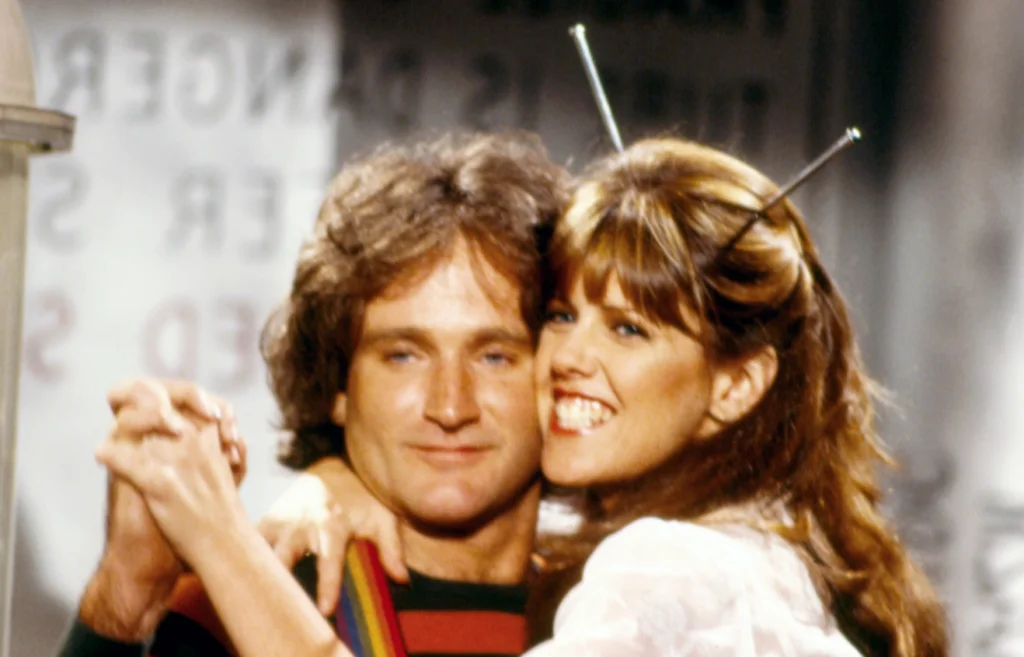
The ’70s brought us one of TV’s most surreal and imaginative sitcoms with Mork & Mindy. Starring Robin Williams as the quirky alien Mork, who crash-lands on Earth, the show was a whirlwind of eccentric humor and bizarre situations. What set it apart was Williams’ energetic improvisation, which became the heartbeat of the show. His off-the-wall antics paired with Pam Dawber’s grounded character, Mindy, created an odd yet lovable dynamic.
Though Mork & Mindy was set in a relatively normal world, it embraced the absurd. Mork’s strange behaviors, like eating popcorn with his hands in the air, left audiences both confused and delighted. The show explored the cultural clash of an alien trying to understand human life, often with a touching innocence. This weirdness, combined with Williams’ untamed comedic genius, made it a hit, even though it strayed far from typical sitcom formulas.
2. The Brady Bunch Hour
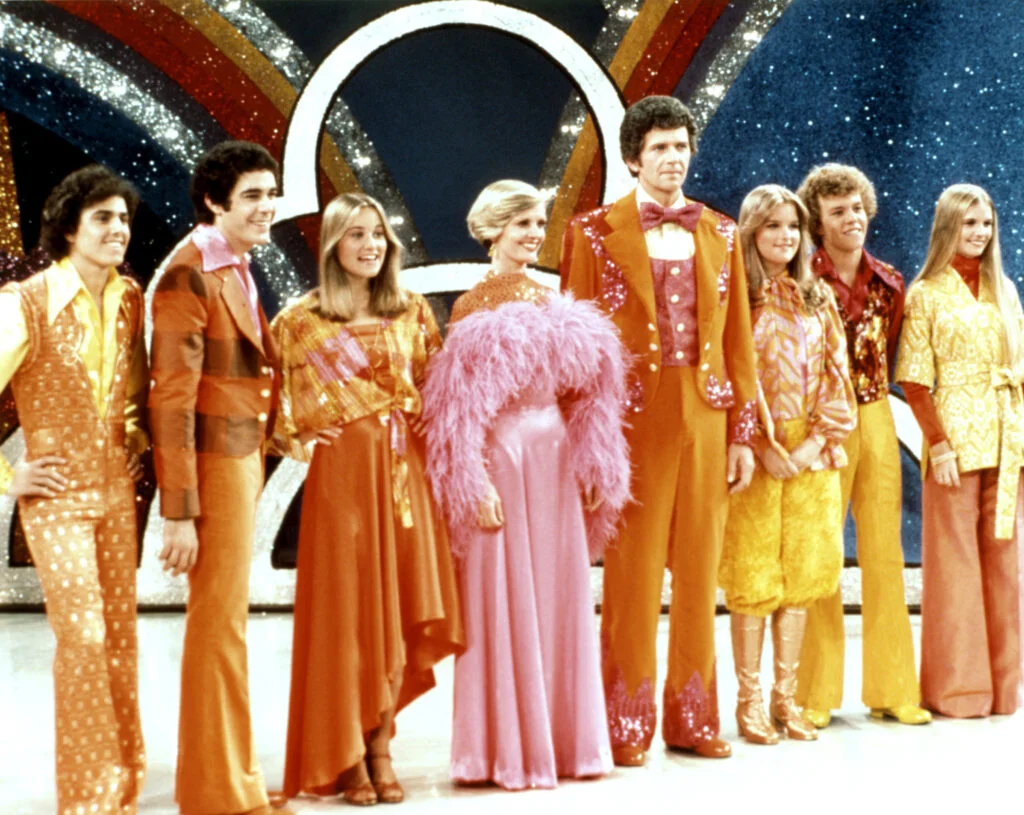
The Brady Bunch is forever a nostalgic favorite, but the spinoff, The Brady Bunch Hour, added a layer of oddity that fans couldn’t ignore. Instead of focusing on the wholesome family antics, the show took the Bradys into a variety show format, complete with music numbers and guest appearances. The shift in style was jarring, but somehow, it worked—at least for a while.
The Bradys, often seen as the picture-perfect family, embraced their new roles with a surprising amount of flair. With musical performances and skits, the show made the Bradys seem even more out of place in the ’70s variety TV scene. Despite its strange transformation, fans loved the quirky energy it brought, even if it felt like a strange dream come true. It might have been a far cry from the original series, but it remains an intriguing chapter in Brady history.
3. Three’s Company

There was nothing quite like Three’s Company, a sitcom built around misunderstandings and slapstick humor. Starring John Ritter as Jack Tripper, a man who pretends to be gay to live with two women, the show dove into controversial and awkward situations that made viewers both cringe and laugh. While its premise might seem bizarre, the chemistry between the main cast was undeniable.
The show made waves for its bold topics, dealing with gender roles, sexuality, and social norms. Jack’s humorous escapades with his roommates and neighbors felt offbeat, yet the show’s laugh-out-loud moments made it a classic. Its strange premise, mixed with slapstick comedy, kept the audience tuning in every week. Three’s Company proved that a little weirdness could go a long way in sitcoms.
4. The Odd Couple
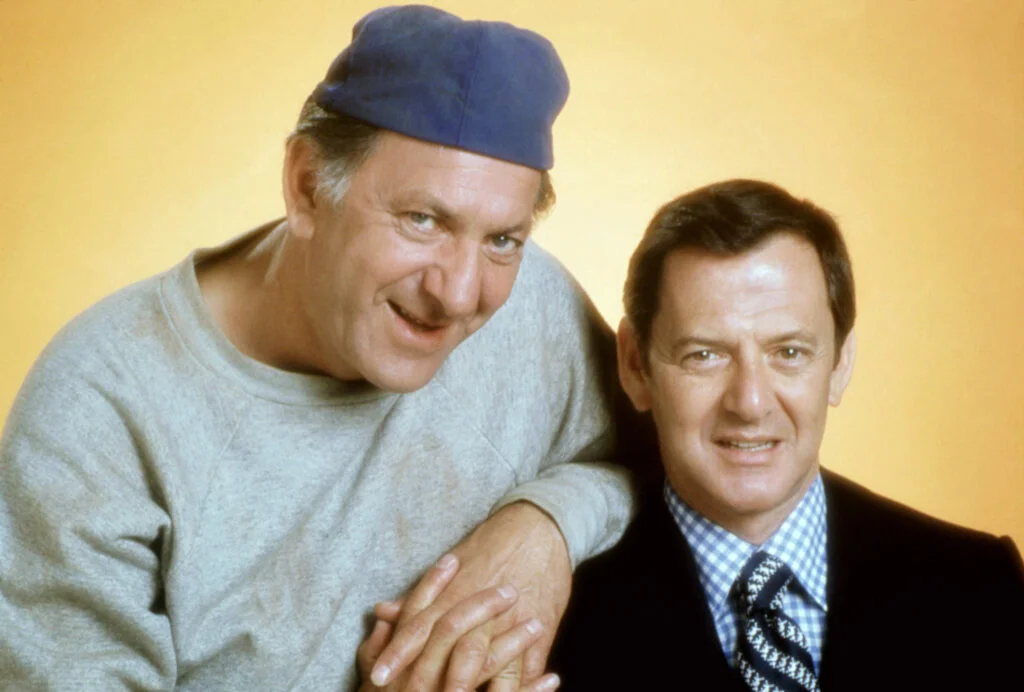
Based on Neil Simon’s play, The Odd Couple took two completely incompatible men—one neat and one messy—and placed them in a New York apartment. What made the show weird was how its central concept thrived on opposites clashing in almost every scene. Tony Randall and Jack Klugman’s impeccable timing and chemistry brought the unlikely pair to life, making their quirks endearing.
The show wasn’t afraid to embrace the absurdity of its premise. The idea that two grown men could live together without ever coming to blows seemed ridiculous, but the pair made it believable through their hilarious interactions. Despite its odd premise, The Odd Couple resonated with viewers for years, as audiences found comfort in the comedic chaos of their daily lives. It was the kind of sitcom that mixed intellectual humor with ridiculous situations, making it both heartwarming and laugh-out-loud funny.
5. WKRP in Cincinnati

Set in a fictional Cincinnati radio station, WKRP in Cincinnati captured the chaotic, strange world of radio DJs and their eccentric colleagues. Led by the bumbling yet lovable Dr. Johnny Fever, played by Howard Hesseman, the show was full of oddball characters and bizarre situations. The show’s humor came from its quirky, offbeat approach to its workplace comedy setting.
What made it stand out was the unpredictable nature of the station’s antics. From outrageous promotions like the infamous “Turkeys Away” episode to absurd radio stunts, WKRP created a brand of humor that felt fresh and spontaneous. While its premise was unusual, the chemistry between the characters made the weirdness feel organic. It may have been a strange concept for a sitcom, but its unique sense of humor and heart earned it a dedicated following.
6. Soap
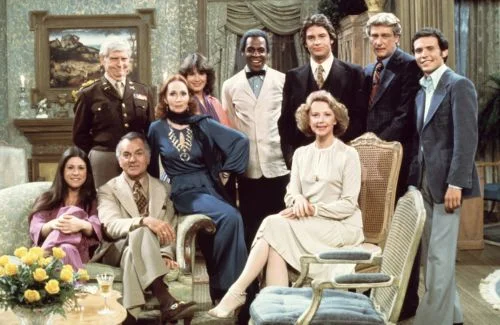
A sitcom that fully embraced absurdity, Soap was a parody of soap operas, blending soap opera drama with dark humor and outlandish characters. The show introduced bizarre plotlines, including an alien baby, a murderous butler, and a priest who turns out to be an imposter. It was a bizarre mash-up of dramatic twists and laugh-out-loud moments that shocked audiences in the best way.
Despite the wackiness, Soap wasn’t afraid to tackle serious themes like sexuality and family dynamics, all with a comedic twist. The characters’ outrageous actions created a surreal atmosphere that made it stand out from other sitcoms of the era. While it might have been considered too bizarre for some, Soap became a beloved cult classic, paving the way for more absurd, boundary-pushing comedies in the years to come.
7. The Flying Nun
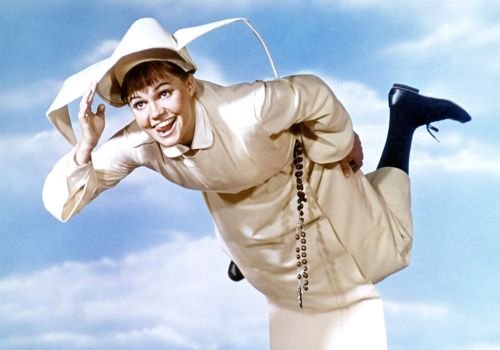
With Sally Field as a nun who could fly thanks to the design of her habit, The Flying Nun is easily one of the strangest sitcoms of the ’70s. The show followed Sister Bertrille as she used her unique ability to help others while working at a convent. The premise itself—focusing on a nun who can fly—sounds more like the setup for a quirky children’s show than a traditional sitcom.
The show balanced its strange premise with lighthearted humor, as Sister Bertrille’s flying escapades were often used to resolve various issues. The mix of religious themes with fantastical elements made it feel out of place in its time, but somehow, viewers embraced it. Despite being a little weird, the charm of Sally Field’s performance and the show’s gentle humor helped it capture the hearts of audiences.
8. Good Times
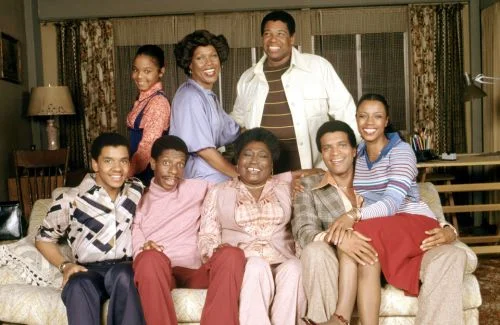
Set in Chicago’s projects, Good Times was a sitcom that explored the lives of an African-American family in a very real way. The show wasn’t just about laughs—it tackled serious issues like poverty, race, and family dynamics with humor and heart. What made it unique was its ability to balance humor with hard-hitting social commentary in a way that was relatable and real.
While the show dealt with tough topics, the humor and resilience of the characters, particularly Esther Rolle as Florida Evans, gave it a warmth that made it special. The series introduced viewers to a different kind of sitcom, one that wasn’t afraid to get real while still providing plenty of laughs. It may not have had the absurdity of other shows on this list, but its subtle oddities—like the unconventional family dynamics—set it apart. The mix of humor with real-life struggles made it an enduring favorite, even with its more serious tones.
9. One Day at a Time
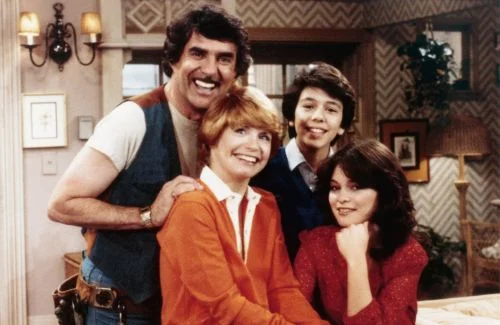
One Day at a Time brought a unique twist to the family sitcom genre, as it followed a single mother raising her two children. The show tackled social issues like divorce, parenting, and feminism with humor and heart. What made it a little unusual was the fact that it blended serious discussions with sitcom tropes, which made it both relatable and occasionally heavy-handed. But the chemistry between the characters, particularly Bonnie Franklin’s Ann Romano, made the show stand out in a sea of typical family-oriented sitcoms.
While it wasn’t as zany as some other ’70s sitcoms, One Day at a Time was refreshing for its honest portrayal of a woman trying to make it on her own. The show’s mixture of relatable struggles and comedic moments made it beloved by many. It may not have had the absurdity of other shows on this list, but its subtle oddities—like the unconventional family dynamics—set it apart. The mix of humor with real-life struggles made it an enduring favorite, even with its more serious tones.
10. The Love Boat
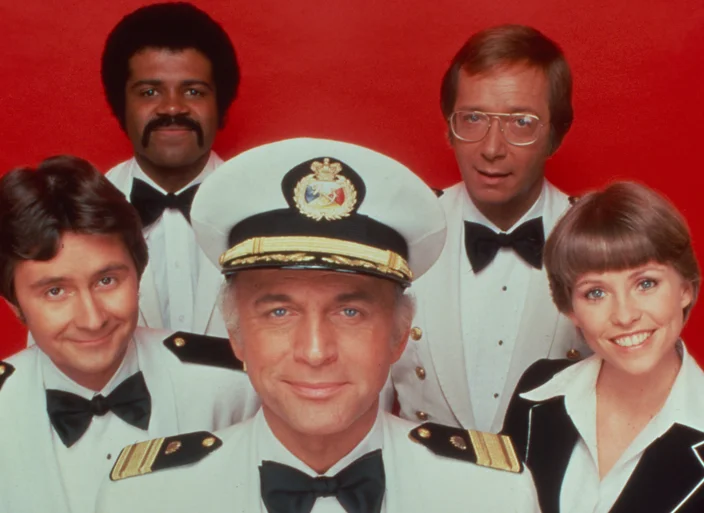
The Love Boat was a sitcom set aboard a luxurious cruise ship, where the crew and passengers engaged in a mix of romantic escapades, drama, and quirky storylines. What made the show weird was how it combined a traditional sitcom format with the over-the-top glamour and romantic entanglements of a cruise ship setting. With an ensemble cast, including Gavin MacLeod as Captain Stubing, the show brought aboard celebrity guest stars for different episodes, adding to its eccentricity.
While The Love Boat was rooted in the standard episodic formula, the setting of a floating hotel on the open seas, paired with its outrageous storylines, made it feel like a fantasy world. Each episode served up a mix of romance, comedy, and drama, often with absurd situations that viewers embraced for their lighthearted fun. It was an odd premise, but its charm lay in its carefree, feel-good tone and its ability to make even the strangest of love stories seem sweet. The Love Boat became a beloved, albeit quirky, classic that kept audiences hooked for years.
11. Barney Miller
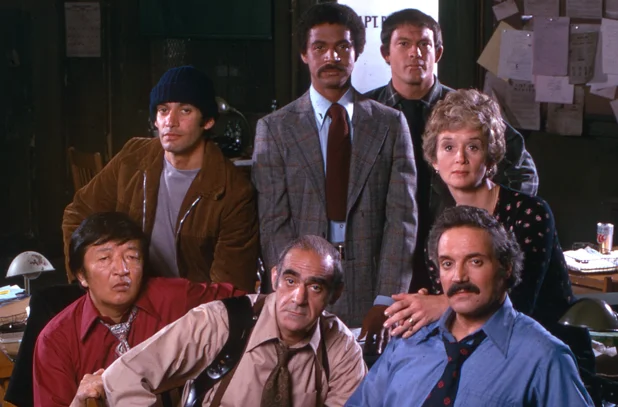
Set in a police precinct in New York City, Barney Miller was a sitcom that tackled issues in a rather unconventional way. Unlike other sitcoms of the time, it didn’t rely on slapstick or outrageous humor but instead focused on the quirky personalities of the precinct’s officers. The show’s weirdness came from its mix of dark comedy with moments of sincerity and social commentary, all while keeping a relatively low-key atmosphere.
What made Barney Miller stand out was its ability to make you laugh while simultaneously addressing societal issues like crime, politics, and race. The interactions between the oddball officers and their sometimes absurd situations were both funny and thought-provoking. Though the humor was understated, the show’s dry wit and character-driven plot made it one of the most unusual—and beloved—sitcoms of its time. Its quiet weirdness is exactly what made Barney Miller so special.
12. The Bob Newhart Show
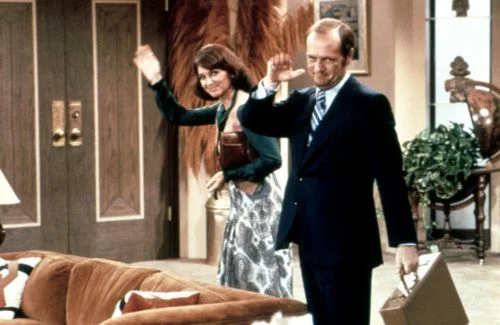
Set in Chicago, The Bob Newhart Show featured Bob Hartley, a psychologist, as its central character. What made this sitcom stand out was its quirky blend of workplace comedy and personal relationships, often focusing on Bob’s interactions with his patients and his wife, played by Suzanne Pleshette. The humor was dry, but Bob Newhart’s deadpan delivery brought it to life.
The show was filled with eccentric, often ridiculous characters—particularly Bob’s patients, who added an absurd touch to every episode. It wasn’t a slapstick comedy, but rather a series of awkward, understated moments that made it so endearing. The Bob Newhart Show combined offbeat humor with sharp wit, making it one of the strangest yet most loved sitcoms of the ’70s.
13. All in the Family
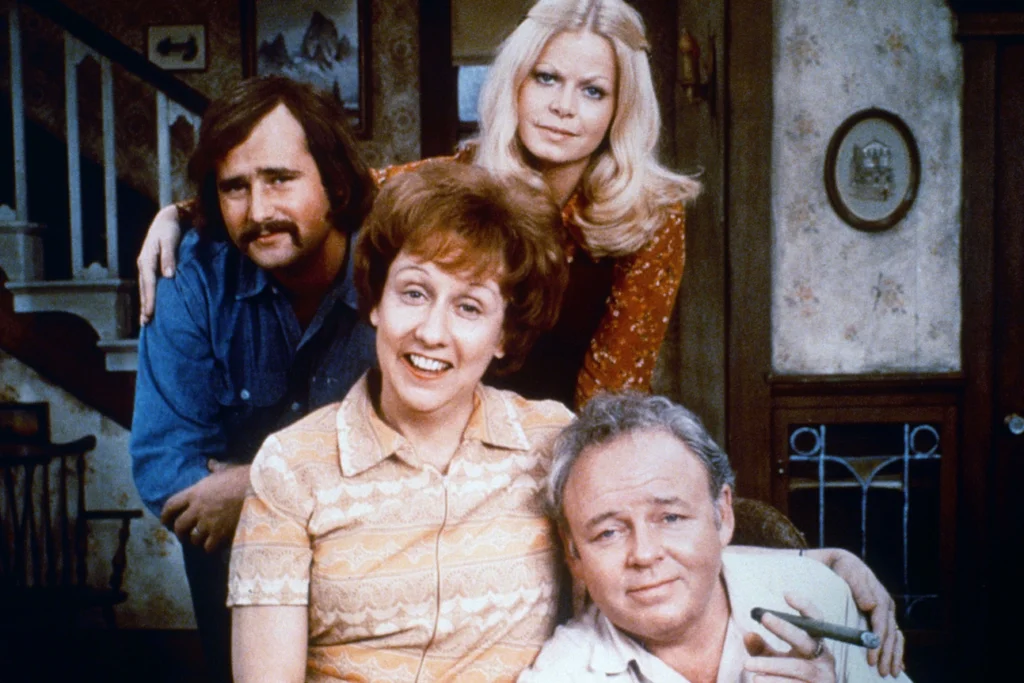
All in the Family was groundbreaking in how it addressed controversial topics through the character of Archie Bunker, an outspoken bigot. The show’s raw, unapologetic humor made it a trailblazer, often addressing topics like race, gender, and politics. What was strange was how the show blurred the line between satire and reality, forcing audiences to confront uncomfortable truths while still managing to laugh.
Despite the offensive nature of Archie’s views, the show had a sharpness that made it more than just a typical sitcom. The relationship between Archie and his family was both dysfunctional and endearing, offering both laughs and poignant moments. All in the Family didn’t shy away from uncomfortable situations, and its odd blend of comedy and social critique made it unforgettable.
14. Taxi
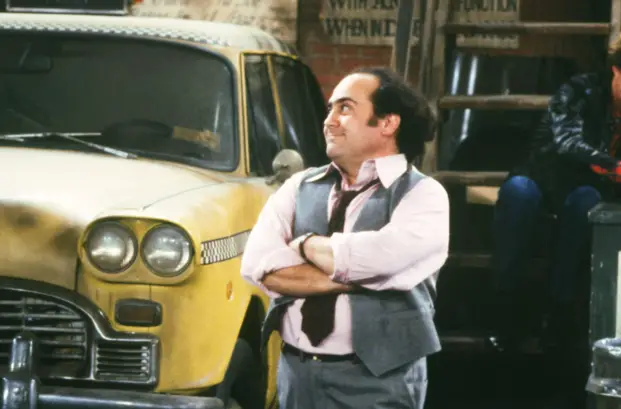
Set in a New York City cab company, Taxi was a quirky sitcom that centered around the lives of drivers and their colorful personalities. The show mixed dark humor with heartfelt moments, making it one of the most unique sitcoms of the ’70s. The eccentric characters, like the washed-up actor Jim (played by Christopher Lloyd) and the neurotic dispatcher Louie (Danny DeVito), added to the oddball charm.
While the setting and premise were unusual for a sitcom, Taxi excelled at creating compelling, lovable characters that made the weirdness work. The show focused not just on comedy but also on the personal struggles of its characters, making it both entertaining and emotionally resonant. Taxi offered a glimpse into the lives of people who were often overlooked, and that oddball combination made it a fan favorite.
15. The New Dick Van Dyke Show
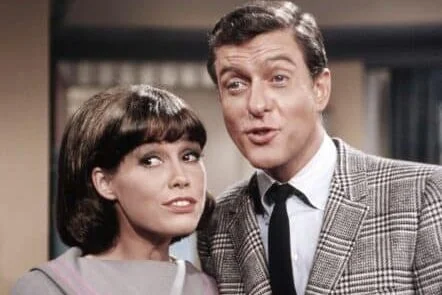
Although the original Dick Van Dyke Show was a hit, The New Dick Van Dyke Show was, in many ways, its oddball cousin. The show followed Van Dyke’s character as a late-night talk show host, but the format was much more experimental. It blended traditional sitcom elements with surreal humor and zany characters, which made it feel different from its predecessor.
The show’s quirkiness stemmed from its portrayal of the chaotic behind-the-scenes life of a talk show host, with the character often finding himself in bizarre situations. While it didn’t capture the same magic as the original, it had its moments of weirdness and humor that made it a guilty pleasure. The eccentric tone made it stand out from other shows of the time, showing that even when something’s strange, it can still be endearing.
16. The Partridge Family
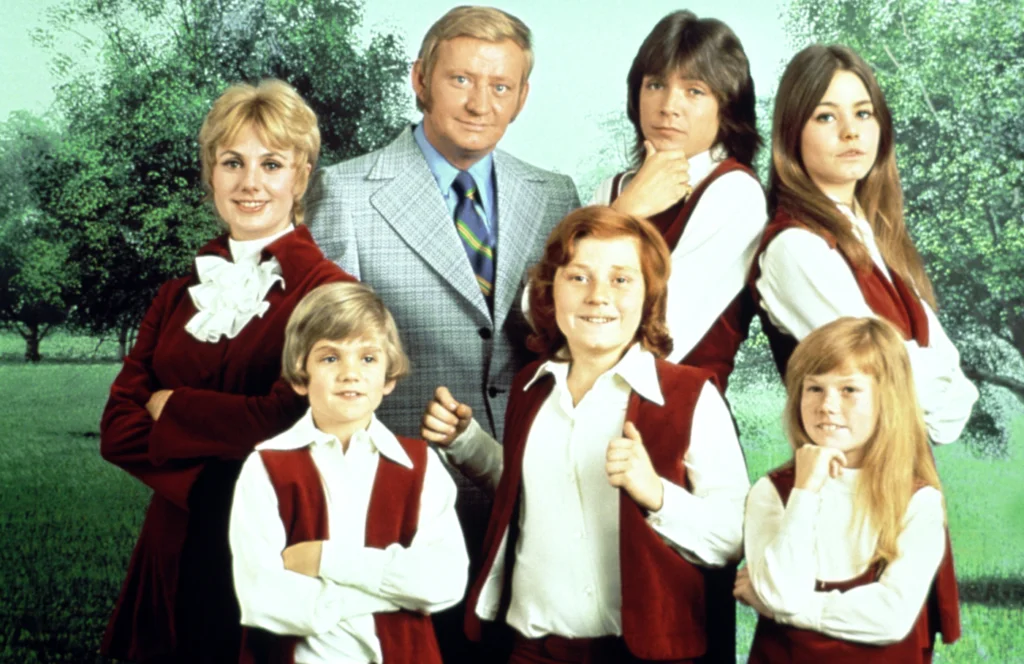
While The Partridge Family had all the elements of a traditional family sitcom, its premise—about a rock band made up of a mother and her kids—was unique enough to make it stand out. The show had catchy music, quirky family dynamics, and a whole lot of ’70s charm, but its weirdness lay in the premise of a family band going on tour, solving problems, and singing along the way.
Despite the oddity of the concept, The Partridge Family resonated with audiences. The show embraced its own brand of wholesome weirdness, and its infectious music left an impact. Whether they loved it for its feel-good moments or its quirky approach to family life, viewers couldn’t resist the weird but lovable Partridge clan.


